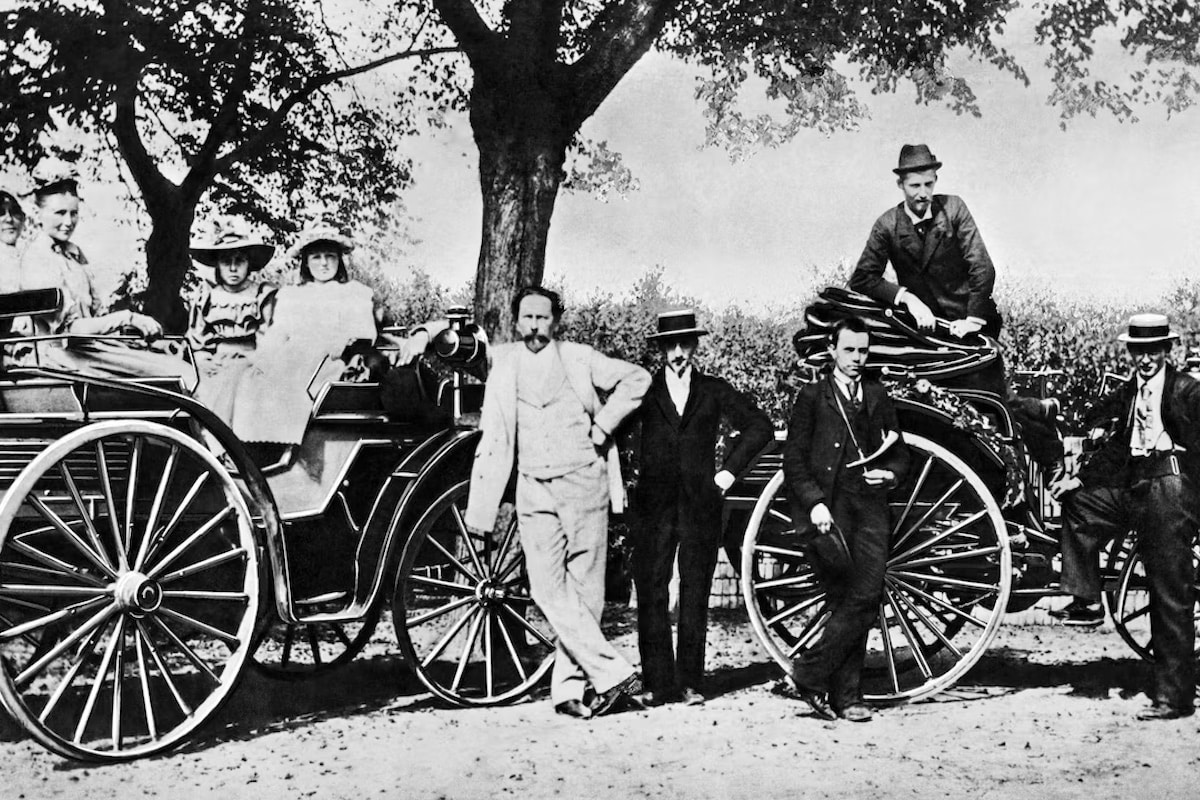132 Years Ago, the First License Plates Appeared in Paris

August 14, 1893 marks a key date in the history of the automobile with the introduction of the first license plates.
For the first time, the Paris police department requires drivers of horseless carriages to display an identification plate. This marks the birth of automobile registration, long before the car became a mass phenomenon.
At that time, motor vehicles are rare, expensive, and perceived as strange and sometimes dangerous contraptions. Only a few dozen roam the streets of the capital, amidst horse-drawn carriages and horse-drawn trams. However, their speed, considered dizzying at over 20 km/h, already worries the authorities. The police prefect’s decision aims to easily identify owners in case of an accident or infraction, a completely new idea.
The system adopted in 1893 remains rudimentary. A metal plate fixed to the rear of the vehicle bears a unique number assigned by the prefecture. This number is listed in an official register along with the owner’s name and address. The front of the car must also display a plate or a wooden sign. No strict standards govern the size or color yet; the essential requirement is that the inscription is clearly legible.
Paris, the capital of plates
This Parisian initiative predates national regulations by several years. In France, it wasn’t until 1901 that registration became mandatory across the country, with black plates and white numbers. Europe quickly followed suit, with Germany adopting a similar system in 1906 and the United Kingdom creating its own national register in 1904.
The establishment of the license plate represents a decisive step. It officially recognizes the car as a public vehicle subject to rules and initiates the modernization of traffic laws. It is also one of the first signs that the automobile is becoming a permanent fixture in society.
You might be interestedin this article:
Today, more than 1.4 billion motor vehicles around the world carry standardized, secure, and often digitized registrations. The contrast is striking with the early days of 1893, when a few pioneers of mechanical locomotion received their number, sometimes handwritten.
By imposing these plates 132 years ago, Paris paved the way for traceability that has become essential and placed the automobile within a legal framework that would accompany its explosive growth in the 20th century.
ALSO READ: At 320 km/h, he breaks the speeding record!
This page is translated from the original post "Il y a 132 ans, les premières plaques d’immatriculation apparaissaient à Paris" in French.
We also suggestthese articles:
Also read






